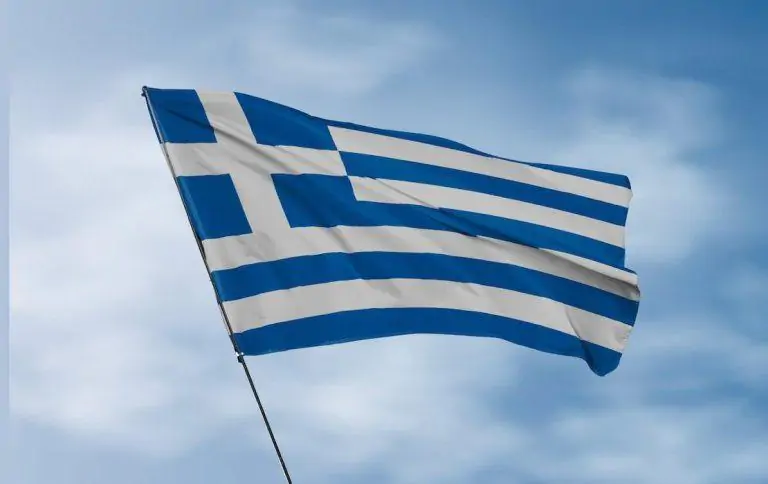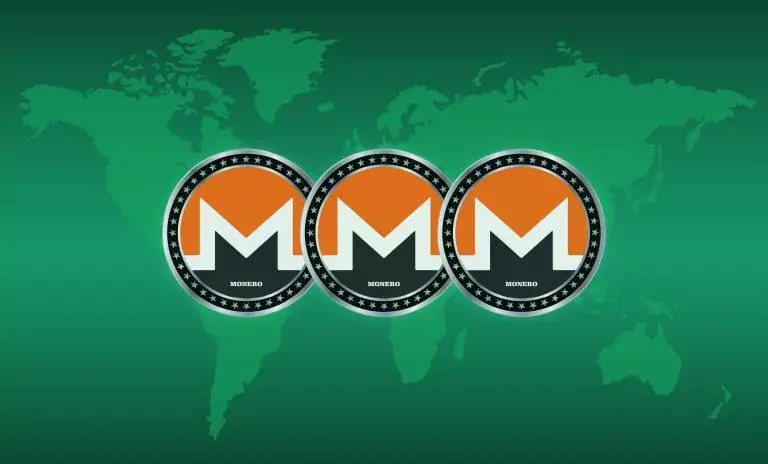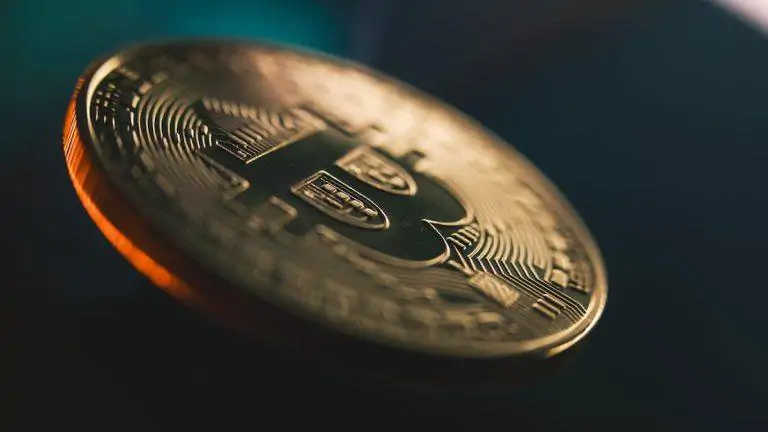Greece has made significant efforts to adopt a tax policy on crypto assets as the use of cryptocurrencies grows globally. In January 2025, the Greek government introduced new tax regulations for cryptocurrency transactions.
03.11.2023

EOS Cryptocurrency Overview
EOS cryptocurrency stands as a distinctive digital asset, embodying an inventive digital platform for the development of decentralized applications. When compared to alternative projects, EOS draws parallels with Ethereum, aiming to secure a significant market share by offering a blockchain system that surpasses Ethereum in scalability.
EOS is the brainchild of Daniel Larimer, a visionary figure in the cryptocurrency realm who, despite his youth, has actively contributed to groundbreaking projects, introducing novel concepts and advancements. Notably, he has been instrumental in projects like Steemit and BitShares.
The inception of the EOS project was purposeful—to gain traction in the market relative to Ethereum by providing a highly scalable platform for the development of decentralized applications. Unlike Ethereum, which is often likened to a potent supercomputer for crafting such applications, EOS operates more like an operating system. It equips developers with the necessary tools to turn their decentralized app ideas into reality. This unique characteristic makes EOS a versatile and user-friendly choice for developers seeking to bring their visions to life.
The Technical Side of EOS
The currency possesses a set of unique technical attributes that make it particularly appealing to both developers and users. Here are some of its standout characteristics:
- Decentralization and Scalability: EOS offers a highly scalable blockchain platform capable of efficiently processing thousands of transactions per second, ensuring exceptional performance.
- Flexibility and Development Ease: EOS provides developers with a diverse array of tools and capabilities to craft decentralized applications (Dapps). This includes a flexible architecture supporting multiple programming languages, enabling swift deployment and updates of applications.
- Enhanced Security: EOS employs a contract-based access rights model, enhancing security and fortifying protection against breaches.
- Voting System and Governance: The currency features a unique voting system empowering token holders to make critical decisions and influence the platform's development. This fosters a democratic and transparent project governance.
- Free Transactions: EOS operates on a model where users can execute transactions without incurring fees, enhancing platform accessibility and delivering economic benefits to users.
In summary, the currency stands out as one of the most innovative and promising projects in the blockchain and cryptocurrency sphere, thanks to these distinctive technical features.
Positive Aspects of EOS
While it’s challenging to pinpoint the exact drawbacks of the relatively recent EOS network, it has encountered some operational issues in its short existence. A comprehensive evaluation of EOS will only be feasible once there is an upsurge in the number of applications being developed on the platform and a rebound in the market. It’s only under these conditions that we can gauge its potential as the “Ethereum killer.”
Nonetheless, the EOS project boasts several notable advantages:
- Outstanding Scalability: EOS offers a highly scalable blockchain platform capable of handling a substantial volume of transactions per second, making it an attractive choice for developers and users alike.
- User-Friendly Development: EOS provides user-friendly tools and features for creating decentralized applications, simplifying the development process and contributing to swifter and more efficient progress.
- Significant Investment: The EOS project has successfully raised around $4 billion through multiple rounds of ICOs at the time of writing this article. It is hoped that these substantial funds will be channeled towards achieving the project's goals and fostering further development.
Please let me know if you need any further adjustments or have specific changes in mind.
To acquire EOS cryptocurrency, you will need to go through several stages:
- Creating a Wallet: The Inaugural Step in EOS Coin Acquisition. Commencing your journey to acquire EOS coins necessitates the initial and pivotal step of establishing a wallet. Your chosen wallet will serve as the secure vault for your EOS tokens, providing a platform for their secure storage and management. Opt for a reputable wallet that is compatible with EOS and follow the setup instructions diligently. Well-regarded wallet options for EOS enthusiasts encompass Exodus, Scatter, SimplEOS, and Ledger.
- Identifying a Trustworthy Exchange: Your Portal to EOS Procurement. Once your wallet is securely configured, the subsequent task is to pinpoint a reputable cryptocurrency exchange where EOS is actively traded. Esteemed exchanges such as Binance, Coinbase Pro, Kraken, and Huobi provide avenues for EOS trading. Create an account on your chosen exchange and ensure the completion of the necessary verification and security protocols.
- Funding Your Account: The Gateway to EOS Acquisition. With your exchange account duly established, it's time to inject capital into it. This can be executed by initiating the transfer of other cryptocurrencies, such as Bitcoin or Ethereum, into your exchange account.
- Obtaining EOS: The Sequential Step in Your Cryptocurrency Voyage. Upon adequately funding your exchange account, navigate to the EOS trading section and select your preferred trading pair (e.g., EOS/USD or EOS/BTC). Specify the quantity of EOS you intend to procure and execute the acquisition at the prevailing market rate or establish your preferred price.
- Securing Your EOS: A Crucial Post-Purchase Measure. Following the successful acquisition of EOS on the exchange, it is highly advisable to transfer your tokens to your personal wallet for augmented security and complete control over your digital assets. Adhere to the instructions provided by your wallet to facilitate the seamless transfer of EOS to your wallet address.
- A Word of Caution: Precautions Prior to EOS Investment. It is imperative to bear in mind that the realm of cryptocurrency investment inherently carries risks. Consequently, it is strongly recommended to embark on comprehensive research regarding the project, acquire familiarity with pertinent regulations and terms, and evaluate your individual financial capacity and objectives before initiating the EOS purchase.
Why does EOS Have a Questionable Reputation?
Doubts about EOS surfaced right from its inception due to the involvement of Brock Pierce, a controversial figure who co-founded the company responsible for EOS.IO development, block.one. Although prominent publications like the New York Times initially acknowledged him as a co-founder, all references to Pierce were subsequently scrubbed from the official website. Pierce, previously an actor, also had a track record in entrepreneurship, but much of his financial success was associated with questionable ventures, which didn’t bode well for the platform’s reputation. While Pierce did establish himself in the crypto space as an elected director of the Bitcoin Foundation, a non-profit entity focused on Bitcoin development and information dissemination, his checkered past raised eyebrows. However, block.one’s association with him persisted until John Oliver, the TV host, criticized the project on his show, prompting block.one to sever ties with Pierce.
Ongoing discussions surround the assertion by block.one and EOS that the coin “has no purpose.” The official website explicitly states that “EOS Tokens do not have any rights, uses, purpose, attributes, functionalities, or features, express or implied, including, without limitation, any uses, purpose, attributes, functionalities, or features on the EOS Platform.” This declaration has sparked debates because many users and investors had anticipated EOS to serve specific functions or have clear purposes. Nonetheless, the EOS development team aims to provide a versatile platform for the creation of decentralized applications (DApps), and they might perceive this open-ended language as a way to keep the token’s future development and utility options open. The destiny of EOS tokens and their utilization will ultimately be determined by the project’s future development and decisions made by its users.
Project supporters have consistently contended that the use of such phrasing was a legal maneuver by Block.one, based in the Cayman Islands, aimed at avoiding unnecessary regulatory constraints in the United States. The leadership of Block.one and EOS.IO has always maintained that investors would gain symbolic value at the project’s launch. However, another issue comes to the forefront here: Block.one did not assume responsibility for launching the EOS.IO Blockchain platform where these tokens would reside.
Uncertainty regarding the “real product” within the project had fueled skepticism. Nevertheless, after the introduction of a functional testnet on February 9, 2018, those who had harbored doubts gradually found reassurance and acknowledged EOS as a genuine project. Although questions surrounding Brock Pierce still linger in the EOS context, doubts about the absence of a functional product faded with the launch of the EOS testnet and its preliminary functional version.
EOS vs Ethereum
The EOS vs. Ethereum debate stretches far beyond online forums, transcending into the realm of the platform leaders themselves. Vitalik Buterin, the co-founder and chief scientist of Ethereum, and Dan Larimer, the CTO of block.one, are actively engaged in discussions and debates.
When Vitalik Buterin casually pointed out certain shortcomings in EOS, Dan Larimer responded with a detailed and comprehensive explanation addressing the identified issues. What ensued was a rigorous analysis, delving into the fairness of EOS’s delegated proof-of-stake (DPoS) governance model in relation to other network users. Larimer continued to exchange well-founded arguments in his response. The competitive landscape between these two projects not only involves their passionate communities but also their very leaders.
In an objective evaluation of these platforms, it becomes apparent that Ethereum’s scalability challenges and slower transaction processing are byproducts of its widespread adoption and heavy usage. Conversely, EOS enjoys an advantage in terms of a less congested platform, affording it greater scalability and enhanced transaction processing capabilities when compared to Ethereum. EOS is actively dedicated to enhancing user-friendliness and flexibility for developers, striving to create an ecosystem where users can seamlessly interact with the platform.
Nonetheless, for EOS to maintain its edge over Ethereum in the long term, a sustained commitment to development and support is imperative. The trajectory of EOS’s development and its ability to maintain its leadership position remain uncertain at this juncture. To attain this goal, EOS must continue to operate in a manner that empowers its intended user base to fully harness its potential.
Is EOS Mining Possible?
EOS distinguishes itself from traditional blockchain networks by eliminating the concept of mining. Instead, it employs a distinct transaction confirmation system through block-producing nodes. These nodes play a vital role in validating transactions and maintaining the network’s integrity.
In return for their crucial role, these nodes receive rewards through a continuous inflation mechanism. This mechanism results in an annual increase of the EOS token supply, with the distribution as follows:
A significant portion, 4% of the inflation, is directed towards the project’s development fund. This fund serves as a financial resource for various initiatives and improvements.
The remaining 1% is allocated to the block-producing nodes (0.25%) and backup nodes (0.75%). These backup nodes strive to secure a place within the top 21 nodes on the network.
At the time of drafting this article, the total EOS cryptocurrency supply stood at 1 billion EOS coins. Nevertheless, the inflation mechanism ensures the supply continues to expand, providing ongoing liquidity and supporting the growth and development of the EOS network.
Where to Buy EOS? EOS to USD Exchange Rate
Since the culmination of the EOS ICO in the summer of 2018, direct coin acquisition from the project team is no longer an option, as the remaining 100 million tokens are not designated for sale. The positive news, however, is that EOS can readily be purchased on numerous cryptocurrency exchanges where it is listed as an available asset. Presently, there exist well over a hundred such exchanges catering to EOS traders.
Among the notable exchanges boasting high trading volumes for EOS are familiar names like OKEx, Coinbase, ZB.COM, Kraken, Huobi, Bit-Z, HitBTC, DigiFinex, and Binance. EOS is a common presence on practically all reputable cryptocurrency exchanges, simplifying the acquisition process. Nevertheless, it’s essential to bear in mind that your choice of exchange may hinge on your location and personal preferences. Before making any purchase, conducting independent research, acquainting yourself with trading terms, and ensuring the chosen exchange’s reliability is highly recommended.
As of the latest data, the EOS to USD exchange rate stands at $0.64.
EOS Cryptocurrency Forecast and Project Development
In a departure from the conventional step-by-step project roadmaps, EOS.IO takes a distinctive approach. Its website features a “Strategic Vision” section that outlines the principal directions guiding the developers’ efforts. The primary emphasis revolves around enhancing the blockchain’s scalability, bolstering flexibility, and creating an environment conducive to both developers and users, with a strong focus on user-friendliness.
Despite the absence of specific plans and some criticism concerning decentralization levels and EOS’s characterization as an established blockchain, the project’s technological prowess and its standing in the cryptocurrency rankings underscore its inherent potential. Nonetheless, the rapid evolution of the DeFi (Decentralized Finance) sector has somewhat outpaced EOS, as the project grapples to keep pace with the industry’s swift developments.
Nevertheless, if EOS.IO developers remain committed to advancing the cryptocurrency in alignment with the industry’s ever-evolving landscape, there remains a promising prospect for EOS to emerge as a leading blockchain in the decentralized applications market, despite acknowledged shortcomings. Presently, EOS secures a noteworthy position among the top ten cryptocurrencies, appealing to those seeking medium to long-term investments due to its appealing price point.




